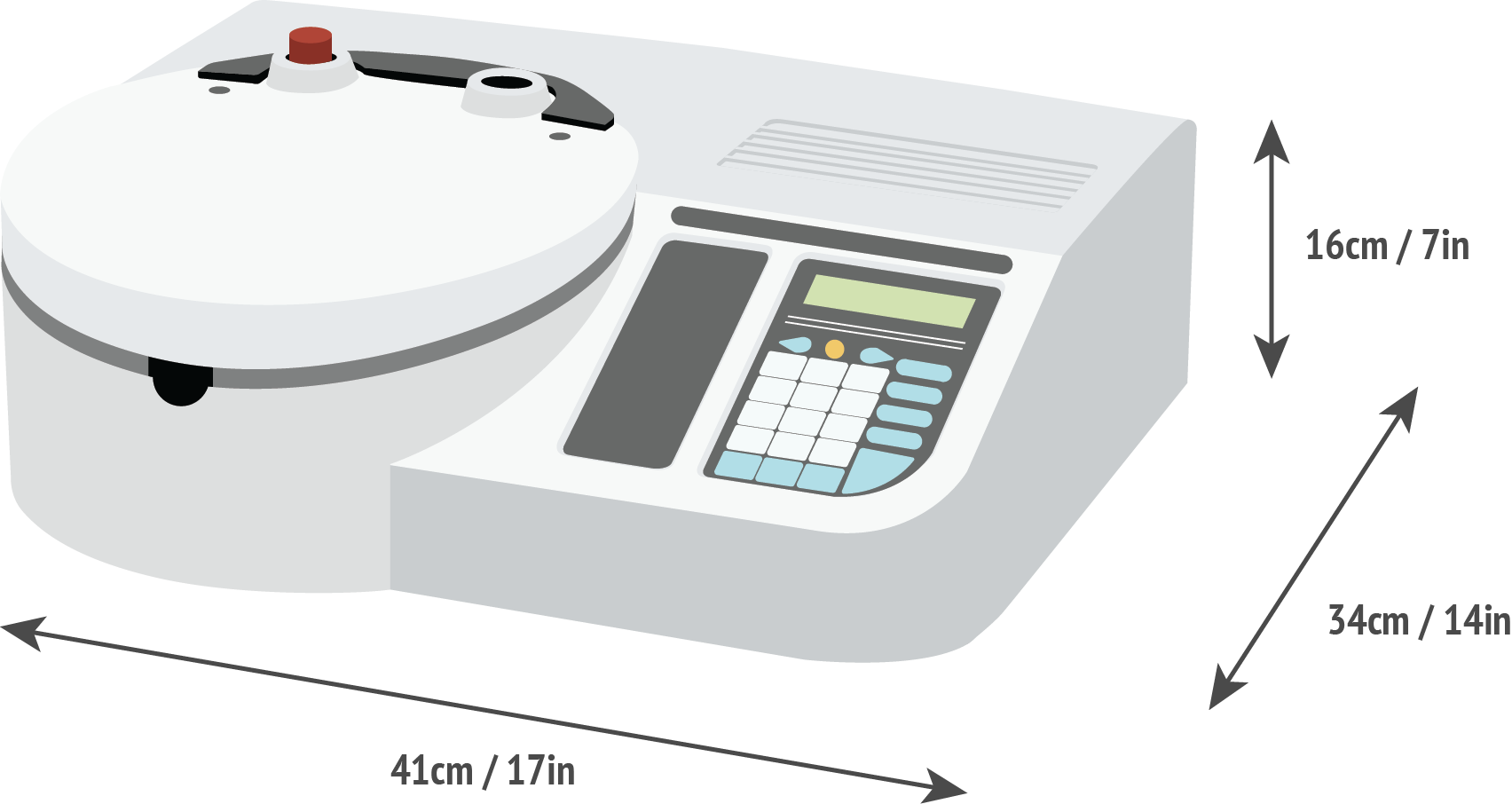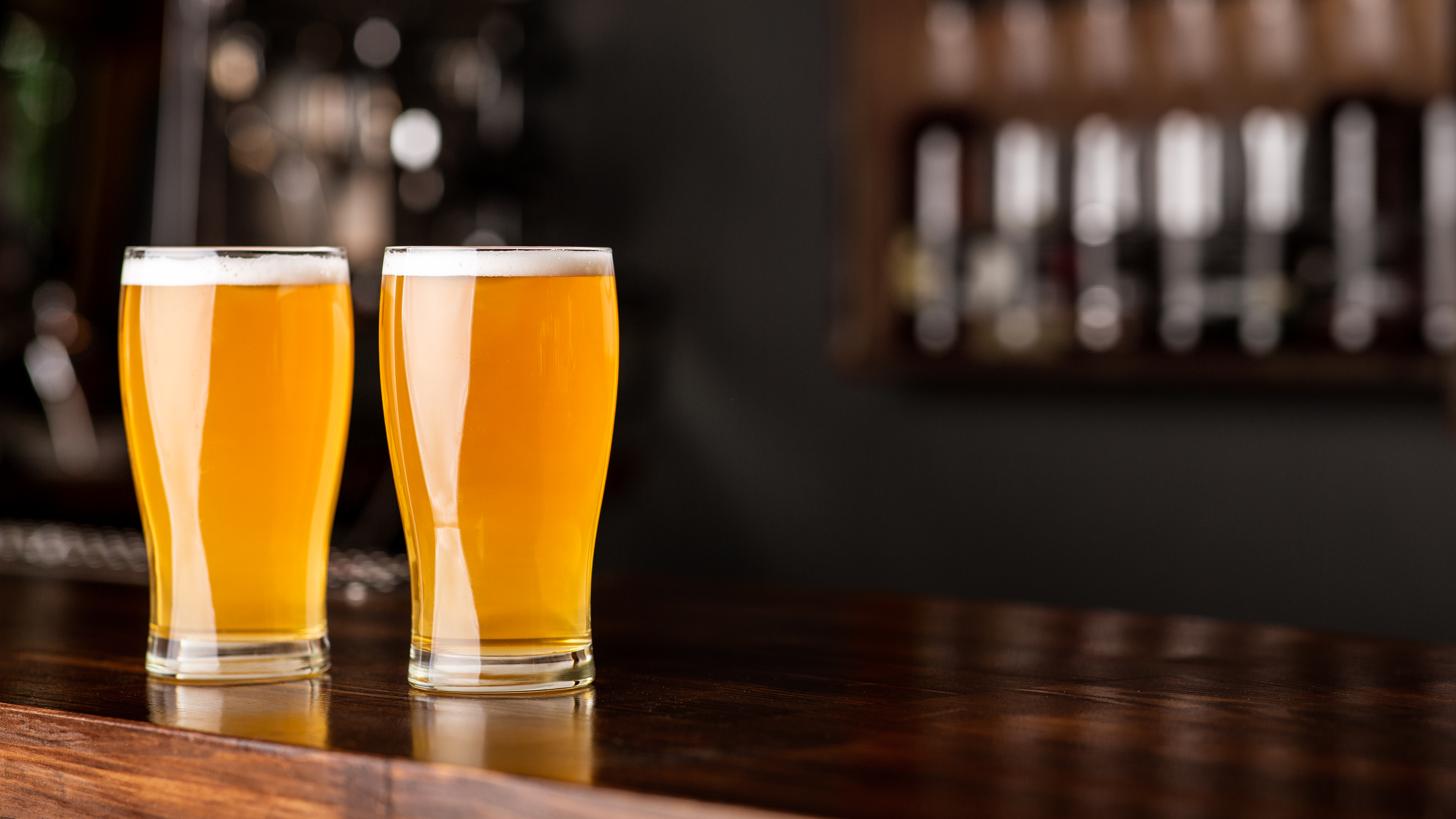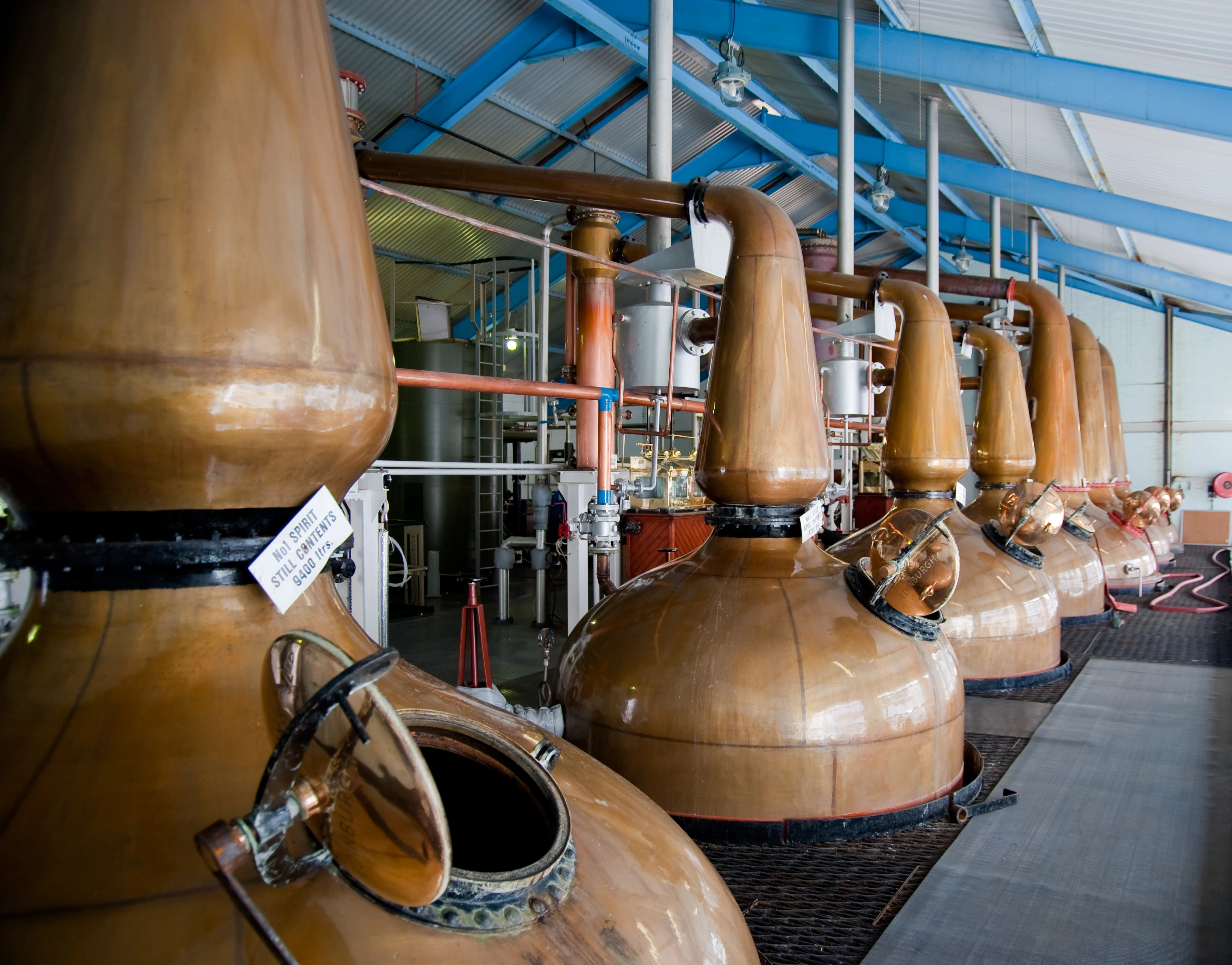VDK MANAGEMENT MADE SIMPLE
Diacetyl and acetyl propionyl, two vicinal diketones (VDKs) produced during fermentation, are powerful flavour drivers. In beer, too much can cause buttery off-notes. In wine and spirits, they contribute richness when carefully managed. But without testing, consistency becomes guesswork.
From crisp lagers to barrel-aged reds, flavour stability and sensory compliance rely on knowing how much VDK is present in every batch.

TAILORED VDK TESTING FOR EVERY BEVERAGE TYPE
Diacetyl and acetyl propionyl are fermentation by-products known as vicinal diketones (VDKs). These compounds appear in nearly all brewed and fermented beverages, but their sensory impact and acceptable thresholds vary significantly across beer, wine, and spirits.
What is acceptable in one product may compromise another.
Ellutia’s in-house VDK analysis systems are designed to adapt to your specific production goals. Whether you're targeting a crisp lager finish, a smooth Chardonnay profile, or a well-balanced whisky, our technology helps you monitor and control VDKs with confidence.
Explore how breweries, wineries, and distilleries apply Ellutia solutions to protect flavour, ensure consistency, and stay compliant.
Talk to our team about setting up in-house VDK testing.
A BETTER WAY TO MONITOR FLAVOUR CONTROL
Using Ellutia’s 200 Series GC and headspace autosampler, you can analyse diacetyl and acetyl propionyl levels with precision down to 25 ppb. This empowers producers to fine-tune fermentation, validate label claims, and meet customer expectations without delays or reliance on external labs.
Whether you're screening batches or verifying specifications, our systems provide the reliable data you need to protect every product line.

For Breweries
Keep flavours crisp, clean and true to style.
Diacetyl is one of the most common off-flavours in beer. Even at low levels, it introduces buttery or butterscotch notes that compromise product quality and reduce shelf life.
Key testing capabilities:
-
Perform fast and sensitive analysis down to 25 ppb using the 200 Series GC with headspace autosampler
-
Verify diacetyl removal after fermentation and before packaging
-
Detect off-target batches early and prevent distribution issues
Lager brewers often target diacetyl levels below 30 ppb to ensure it remains undetectable to most consumers.

For Wineries
Balance richness and freshness through controlled fermentation
Diacetyl contributes to the creamy mouthfeel in many wine styles, especially those undergoing malolactic fermentation. If levels rise too high, however, it can overpower the intended flavour profile.
Key testing capabilities:
-
Quantify diacetyl and acetyl propionyl levels to achieve precise sensory targets
-
Compare tank or barrel samples to align batches and maintain consistency
-
Control flavour outcomes across vintages and bottling stages
Chardonnay producers often target 200 to 500 ppb of diacetyl to deliver body without sacrificing brightness.

For Distilleries
Preserve flavour integrity throughout maturation and blending.
Acetyl propionyl levels can increase during barrel aging. At controlled levels, it contributes to richness. If left unchecked, it may lead to unwanted sweetness or oxidation that alters the final profile.
Key testing capabilities:
-
Monitor diacetyl and acetyl propionyl development throughout the aging process
-
Validate flavour profiles before blending and bottling
-
Minimise batch variation and reduce sensory QA rejections
Routine VDK tracking during maturation helps distilleries maintain consistency and can reduce flavour-related batch rejections by up to 15 percent.

Reliable Diacetyl and Acetyl Propionyl Testing Across Beverages
Validated across beer, wine, and spirits with reliable, production-ready results
Whether you're brewing, fermenting, or aging, precise VDK measurement requires robust instrumentation. The Ellutia 200 Series GC, paired with a headspace autosampler and Electron Capture Detector (ECD), delivers consistent and sensitive results across a range of beverage types.
Engineered for quality control environments
-
Detects diacetyl and acetyl propionyl at concentrations as low as 25 ppb
-
Nitrogen-purged headspace sampling protects accuracy and reduces variability
-
Simple 2 mL vial injection enables efficient sample preparation
-
Proven performance in beer, wine, spirits, and mixed beverages
This universal method gives producers one adaptable platform suitable for multiple workflows. It's ideal for operations managing a variety of beverage styles or scaling production. With fast turnaround and reliable repeatability, it fits directly into your routine, eliminating delays and removing the need for external lab testing
Ready to take control of your flavour consistency? Here’s how to get started.
Visit our blog posts
2 min read
How does GC work in Alcohol testing
Jul 22, 2025 by Ellutia
4 min read
Ensuring Quality Control: Testing in Beer Production
Jan 22, 2024 by Ellutia





